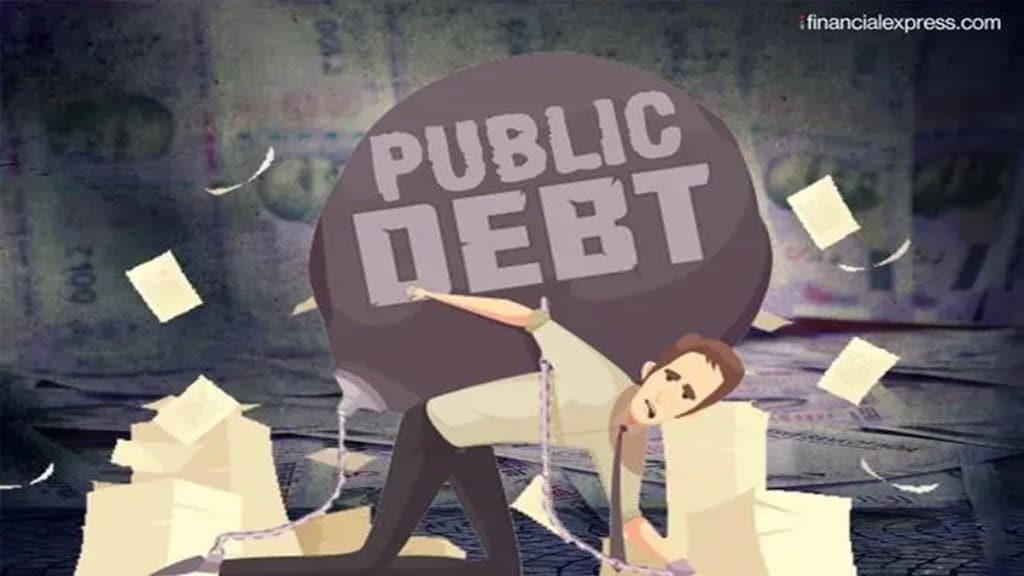The Centre has virtually given up the plan to set up an independent Public Debt Management Agency (PDMA) and instead decided to continue to work with the Reserve Bank of India for its debt management. The middle office Public Debt Management Cell (PDMC) manned by officials from the RBI and finance ministry will oversee the country’s debt profile.
The idea of PDMA, which was floated in the FY16 Budget by the then finance minister Arun Jaitley, has been in limbo as the central bank was not in favour of it.
However, officially, the proposal has not been abandoned. The ministry of finance website continues to say, “Public Debt Management Cell is an interim arrangement before setting up an independent and statutory debt management agency namely the Public Debt Management Agency.”
Also Read: India to get below-average monsoon this year in risk to economy
However, a senior finance ministry official told FE that, “PDMC is working fine. There is no move to go beyond PDMC.”
The creation of the PDMA, it was reckoned, would enable RBI to focus on its core function of monetary policy (flexible inflation-targeting) and regulating banks.
Such an agency was also expected to lower the government’s borrowing costs eventually and foster a liquid and efficient G-Secs market. The idea was also to resolve the conflict of interests involved in RBI simultaneously targeting inflation by calibrating interest rates and regulating as well as managing government debt. The Monetary Policy Committee (MPC) and PDMA were based on the recommendation of the Financial Sector Legislative Reforms Commission to decentralise monetary policymaking and move to a principle-based regulation from the present sectoral regulation, respectively. The MPC came into being in October 2016.
Currently, RBI handles the issuance, infrastructure and regulation of government securities. PDMC plans the government borrowing programme in coordination with the RBI and brings out status paper on Government Debt and Quarterly Report on Public debt management.
Also Read: Indian authorities dismiss reports of India-UK trade talks being stalled
Public finance analysts are of the view that there’s not much clarity both empirically and practically on which is the best system to manage the public debt of a country. In the United Kingdom, the Bank of England was managing public debt. The job was shifted to an independent office, but it was again shifted back to the Bank of England due to difficulties.
”Many of us are opposed to PDMA for the simple reason that not only the expertise in managing but also confidentiality cannot be happening outside the central banking system given the current context and perception that the job is better managed by the RBI,” NR Bhanumurthy, Vice-Chancellor of Bengaluru’s BASE University, said.
“Although it may not be the best solution, but that is the best possible solution at this stage. Imagine 90% of GDP (general government to GDP) a relatively new entity has to manage. So how much privacy they will have in terms of management, ensure credibility in the market and maintain the yield curve?” Bhanumurthy said.
After the pandemic broke out in early 2020, the Centre’s ballooning deficit in FY21 pushed its debt-to-GDP to also reach over a 15-year high of about 61.6%. With states’ finances also worsening, the general government debt to GDP reached about 89.6% in FY21. Since then, it has started to moderate gradually.
In 2017, the FRBM panel had suggested a ceiling for general government debt (both centre and states) of 60% of GDP by FY23. And within this overall limit, a ceiling of 40% was adopted by the Centre, and 20% by the states.

